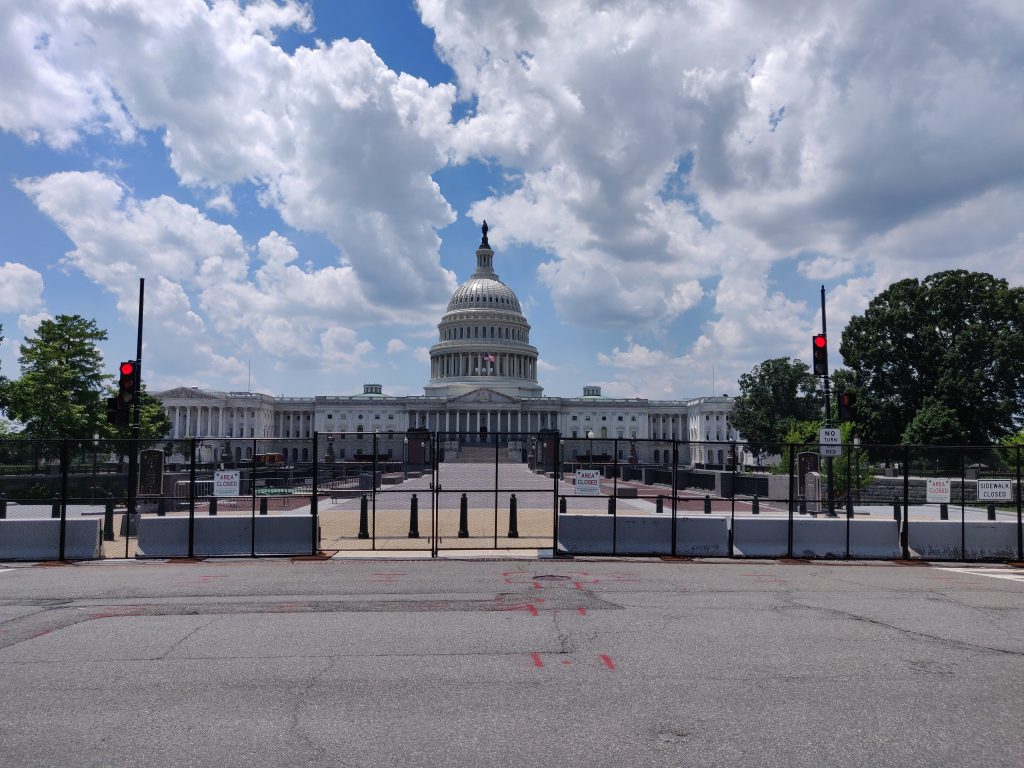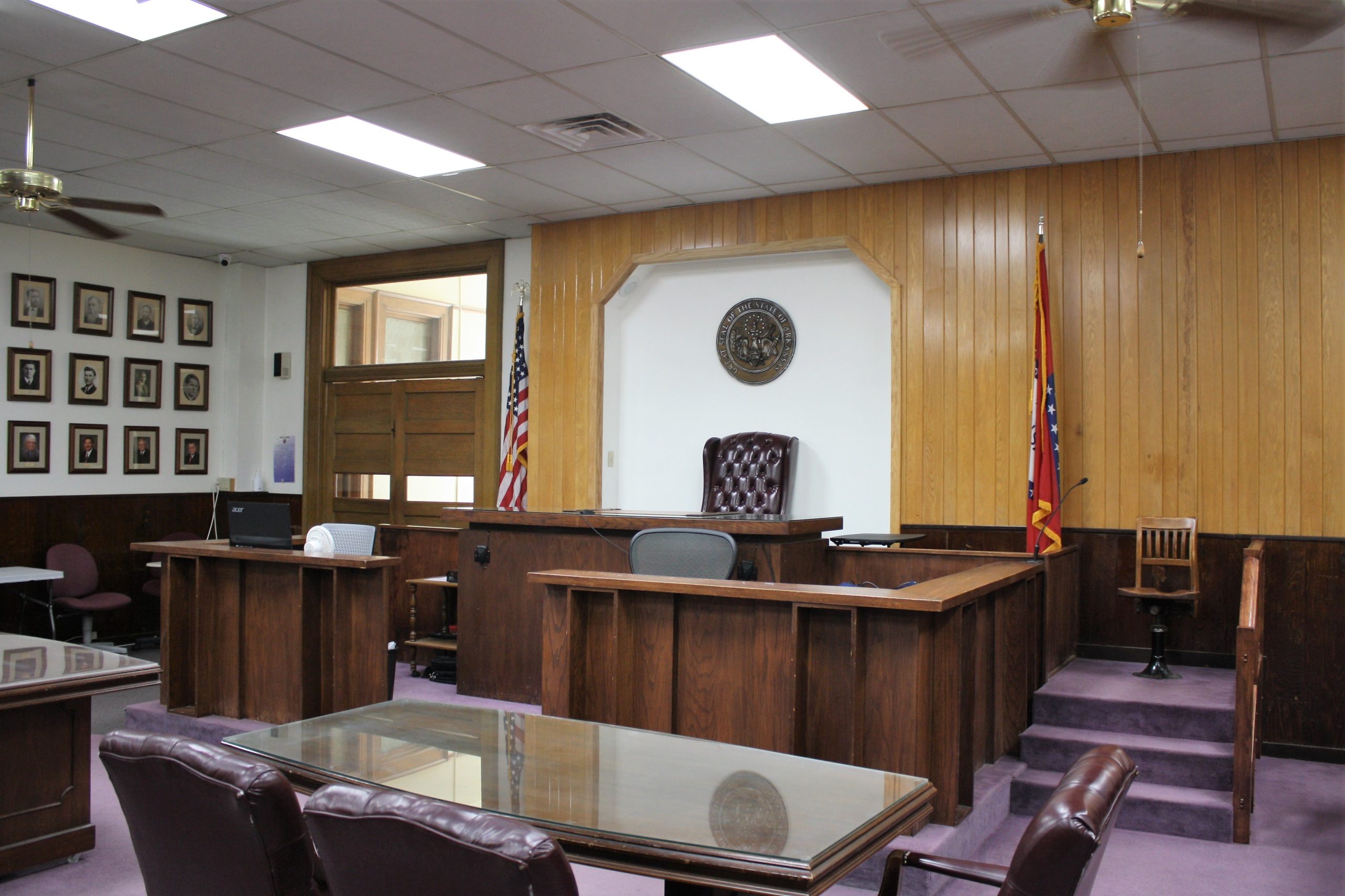Yes. On any given day, the United States is home to nearly 60,000 juvenile prisoners. Ten percent of those juveniles are housed in adult prisons. In fact, the U.S. remains the only country in the world where a 13-year-old child can face a life-without-parole sentence.
Despite several Supreme Court decisions and Congressional acts on the issue, the majority of states still allow juvenile offenders in adult jails and prisons. And they do so despite growing evidence of the negative effects that placing juveniles in adult prisons comes with.
Why should officials separate adults and children?
Juveniles housed in the same prison as adults are nine times more likely to commit suicide. They’re also five times more likely to be sexually assaulted.
Many adult facilities lack basic childcare necessities, including education and mental health counseling. Juvenile offenders are also less likely to receive vocational training in adult prisons that will help them succeed in society upon release.
Studies show that children are much less likely to reoffend due to their receptiveness to rehabilitation. But such rehabilitation is not available is most adult facilities, and juveniles leaving adult prisons are therefore more likely to reoffend.
Additionally, 31 states have laws that require that officials to charge any juvenile as an adult for any subsequent offenses regardless of the crime committed.

What sort of juveniles go to adult prisons?
Despite public perception, the majority of juveniles arrested and living in adult facilities are there for nonviolent offenses. Much like adults in prison, children of color are much more likely to be sentenced as adults compared to white children.
The Supreme Court has been skeptical on several occasions about holding non-homicide juveniles in adult facilities. The Court has also required that a life-without-parole sentence for children under the age of 17 apply only in very special circumstances.
Despite this, 13 states do not have a minimum age for prosecutors to charge children as adults, resulting in children as young as eight years old going to adult prisons. Until the Supreme Court banned the practice in 2005, officials even executed 366 children. And 70% of those children were children of color.
How long will the U.S. keep putting juveniles in adult prisons?
In 1974, Congress passed the Juvenile Justice and Delinquency Prevention Act (JJDPA). This federal law partially banned officials from putting adult and juvenile prisoners in the same facilities.
But, even with the JJDPA, 44 states still house children with adults, regardless of crime or age. This is because states do not lose any federal funding for failing to comply with the JJDPA.
Congress has a wide-ranging “power of the purse,” which allows them to withhold federal funding from states that do not comply with federal laws. So, Congress could have decided to enforce the JJDPA if it wanted to.

Like other federal laws, however, the JJDPA has no effect without enforcement. And Congress’s lack of enforcement of the JJDPA has resulted in only a few states following it.
Sentencing judges also don’t do much to help. They hand down sentences but have little control over what happens next. In other words, prisons can enforce them however they see fit.
The Takeaway:
Juveniles are still held in adult prisons in almost every state in the U.S. The Supreme Court and Congress has taken some actions to address the harmful practice. But, for the most part, nothing has changed.






